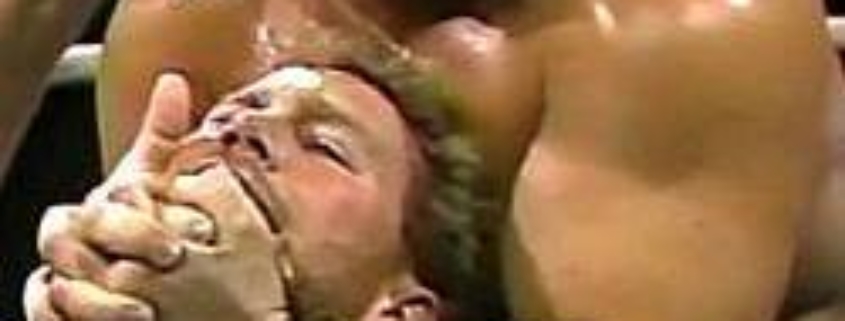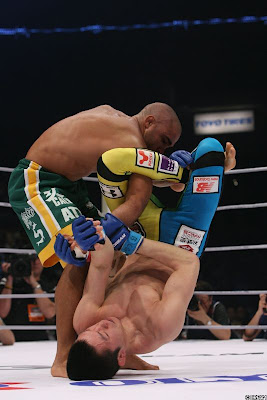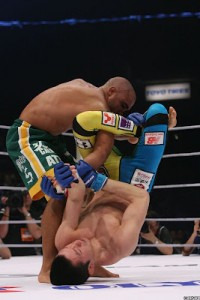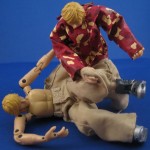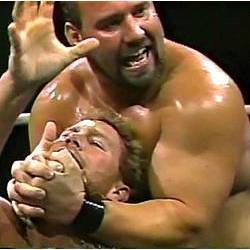
Would you tap to this?
Jiu-jitsu is a contest between two people to see who can make the other give up. It’s fun and we want to do it every day, so we have rules that ensure no-one gets injured.
The rules are simple
- stop when the other person taps
- use a mat on the ground to prevent wear and tear on the body
- no moves that will cause injury before the other person has a chance to tap out (no biting, scratching, striking etc)
And that’s it.
The art of jiu-jitsu is to be able to make someone bigger and stronger than you submit. This is the goal we keep in mind when we train. To do this, we train sophisticated moves that require minimal strength and athleticism as these moves have the greatest change of defeating someone bigger and stronger.
There is a problem that many practitioners face after they’ve been training for a couple of years. They forget that the game of jiu-jitsu is to make the other person give up. They think that the game of jiu-jitsu is to make the other person give up by using jiu-jitsu moves. This happens because they have become so used to looking at the small details of jiu-jitsu, that they have forgotten the overall larger picture.
At the end of the day, a tap is a tap. Whether it is due to an armbar or a simple head squeeze, makes no difference.
Overlooking this will slow your growth at best, and result in injury at worst. Practitioners at this stage of their development will say things like “I had to take a week off from training because my neck was so sore from being cranked. It hurt at the time but I didn’t tap because it wasn’t a choke”.
There are sophisticated moves that require skill to perform, and unsophisticated moves that only rely on brute force. Both are valid.
To be good at jiu-jitsu means being able to defend both types of moves. When something hurts, tap and then learn how to prevent it so it doesn’t make you tap again.

